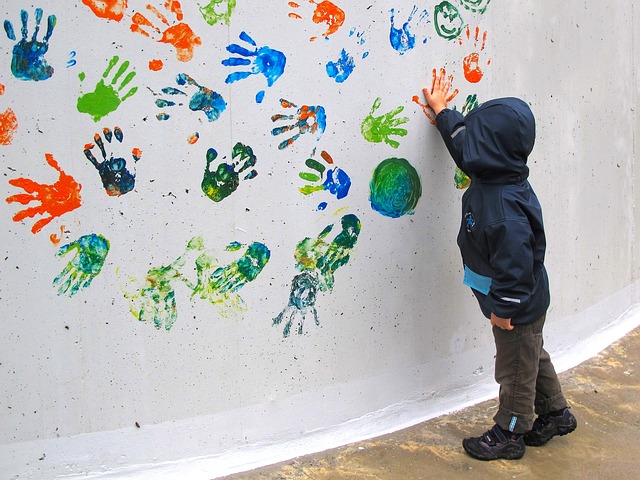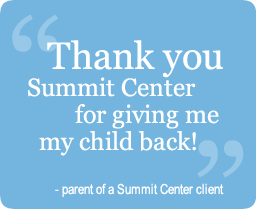Note: Doodle, Draw & Paint with education and creativity expert Dr. Daniels is a free and easy online creativity class that you can do at home with your kids! Learn how to make simple drawings, fun doodles, and other activities that will let you express your creativity without complicated materials or previous experience. Ongoing through May 26, Tuesday and Thursday mornings at 10 am PST, for 20-30 minutes, via Zoom video conferencing. Grab some colors and a piece of paper – and join us! Sign up for FREE and watch prior classes at https://conta.cc/2VffrrX.
Nurturing creativity in children has been an interest of mine over my entire career—while working with gifted children in an enrichment setting, while teaching in an independent school, and while working with teachers and graduate students at the university and in professional development settings. Furthermore, the concepts of everyday creativity and personal creativity have been important in my life and in my work.
Everyday creativity and personal creativity relate to what some educators and researchers call “mini-c creativity.” This is creativity that builds on our strengths and interests and potentially results in creative insights and creative activities—gardening, writing, doodling, and so on—that become a part of our day-to-day lives.
Paul Torrance—a significant author, educator, and founder of the Torrance Center for Creativity and Talent Development at the University of Georgia—influenced my early thinking on these topics as a new teacher and graduate student myself. Torrance was an early advocate of supporting children’s natural creative tendencies and of integrating creativity into the classroom. In the mid-20th century, Torrance spent considerable time working directly with teachers and students, and he developed his Manifesto for Children (which follows here) that provides guidelines for nurturing, developing, and sustaining children’s capacities for creative expression.
The Torrance Manifesto for Children
- Don’t be afraid to fall in love with something and pursue it with great intensity.
- Know, understand, take pride in, practice, develop, exploit, and enjoy your greatest strengths.
- Learn to free yourself from the expectations of others and to walk away from the games they impose on you. Free yourself to play your own games.
- Find a great teacher or mentor who will help you.
- Don’t waste energy trying to be well-rounded.
- Do what you love and can do well.
- Learn the skills of interdependence.
Let’s look at the seven statements of the Manifesto in closer detail.
1. Don’t be afraid to fall in love with something and pursue it with great intensity.
Children need opportunities to explore—or, as my friend Susan Winebrenner says, “to browse”—a variety of topics and activities of their choosing and to work in the modes that they love. Young children tend to be in love with the world, or at least the aspects of it that appeal to their interests and passions. Allowing young children to find, pursue, and sustain their passions will serve them for life.
2. Know, understand, take pride in, practice, develop, exploit, and enjoy your greatest strengths.
Young children are ever in the process of learning about themselves—what they are good at and what they enjoy. And they need to hear more about what they are good at than what they struggle with. Ask, “What do you like best about your (picture, project, poem, invention)?” and “What would you like to do next?” Encourage their self-reflection and self-understanding and encourage them to find joy in what they do!
3. Learn to free yourself from the expectations of others and to walk away from the games they impose on you. Free yourself to play your own games.
When I team-taught in a project-based middle school, we had a month in the spring where we designated time for exploring personal creativity. The students chose topics to explore and developed creative projects to work on for the month. Recently, I came upon a number of photos from those projects, including images of entire prom outfits—dresses and suits—that were made from duct tape. Each was detailed, unique, and beautiful. One young man I taught had his room set up as a Rube Goldberg device that he constantly tinkered with to achieve different goals. He also frequently came to school dressed as Beethoven or Darwin or Dalí. Fortunately he wasn’t teased. We had an open environment that allowed for personal creative expression.
4. Find a great teacher or mentor who will help you.
You do not need to be a creative wizard yourself to nurture students’ creativity. One of the foremost qualities of creative individuals is that they have creative awareness. Creative people tend to look for and seek out the creativity that surrounds them. Teachers can nurture creativity by helping students become aware of the creativity in the environment and by modeling everyday creative activities themselves. Nurturing teachers allow students to pursue passion projects and help students identify their needs and available resources. Teachers can also serve as creative catalysts by finding others with specific talents and interests to mentor students.
5. Don’t waste energy trying to be well-rounded.
The most significant example of this that occurs to me is the experience of high school students who are striving to get into the best colleges—working hard to be well-rounded by joining every club and sport they can accommodate within their schedules. Not only is this an exhausting pursuit, it doesn’t serve them. It is better to have a clear passion and the ability to articulate one’s love of a topic, field, or talent than it is to be spread thin and lacking in personal distinction. The college application process at a number of top universities is in the process of changing to reflect this shift in direction. Colleges and universities are no longer looking for several AP classes and many extracurricular pursuits as evidence of academic promise, but instead are focusing on special interests and an evidence of caring and community involvement.
6. Do what you love and can do well.
Doing what we love fulfills a deep need for human connection and creativity. It gives us energy and enthusiasm and contributes to positive development throughout the life span. Now, in terms of nurturing creativity in our children, this may require some adaptations in teaching and parenting. For example, if your child loves to take things apart, including your toaster, hair dryer, and other small household objects, it would be worthwhile to set up a lab area for this type of exploration. This might be outfitted with a space to hold the parts and the process (such as a small table), an assortment of kid-friendly tools, and small appliances purchased at a thrift shop that kids can take apart, explore, and perhaps even put back together.
7. Learn the skills of interdependence.
Creativity is often viewed as a solitary pursuit; however, it does not occur in a vacuum. And, in terms of real-world applications, creative invention and problem-solving involve collaboration. Think of the crew of Apollo 13 (or the scenario in the highly acclaimed fictional movie The Martian), project teams at any of our large tech companies most known for their innovation, and project teams for school enrichment programs such as Odyssey of the Mind and Destination Imagination. The interplay of individual insight and group innovation is a powerful collaboration. Often we need the contributions of others to move our own thinking forward. It is now common for adults to collaborate in professional teams and with colleagues from around the world, many of whom they will never meet face to face. Children can readily learn this skill while engaging in group brainstorming and project planning, and while piggybacking on one another’s ideas.
Paul Torrance was a true visionary. He wrote his Manifesto for Children in 1983, and it continues to be as relevant now as it was then—perhaps more so. Nurturing creativity in kids will benefit their growth and development, the quality of their lives, and the prospects for a better future for all.
Dr. Susan Daniels is an author, educator, and internationally-recognized expert in the fields of visual learning and teaching, creativity and gifted education. She is co-founder and Educational Director at Summit Center, a Professor of Educational Psychology and Counseling at California State University San Bernardino, and president of Insight Resources. She specializes in promoting visual literacy and the development of creative potential.
Susan has written three books, Visual Learning and Teaching, Living With Intensity: Understanding the Sensitivity, Excitability, and Emotional Development of Gifted Children, Adolescents and Adults, and Raising Creative Kids, as well as over 40 articles and chapters. A version of this blog post originally appeared on the Free Spirit Publishing website.


